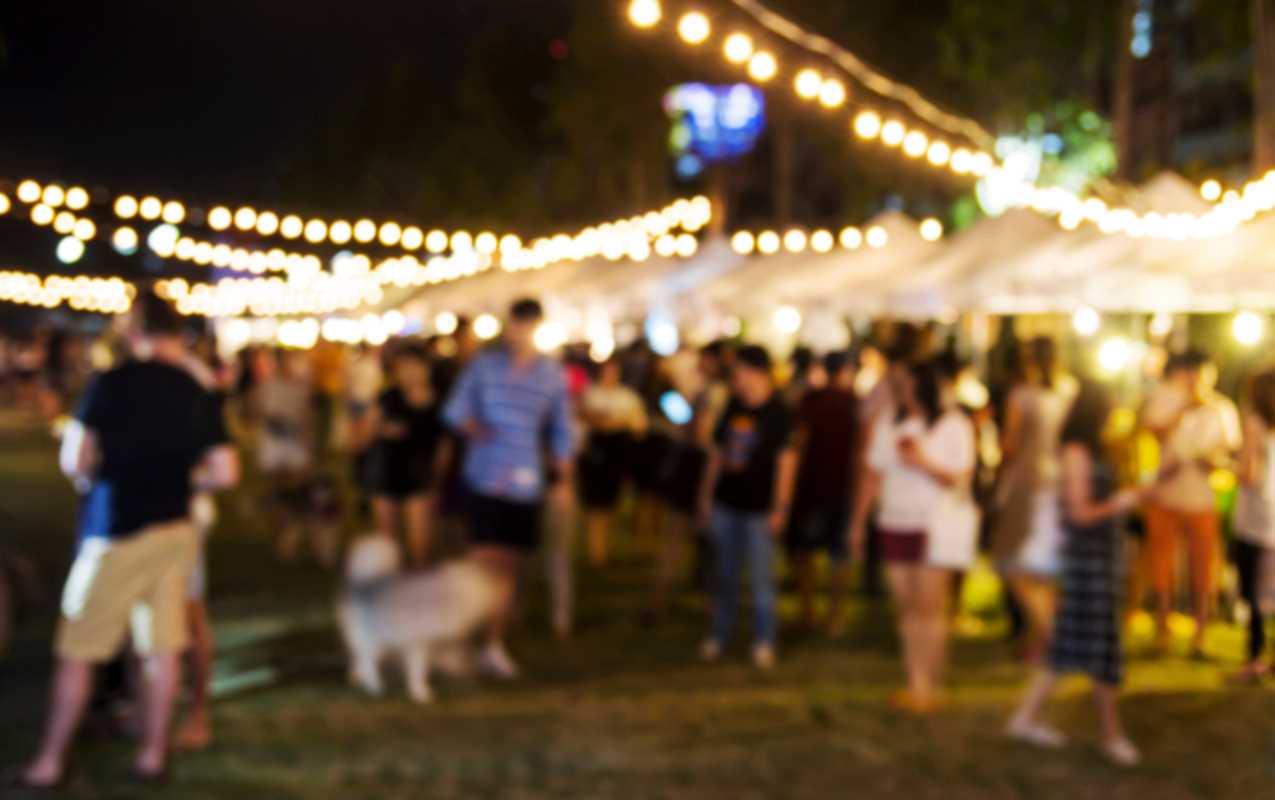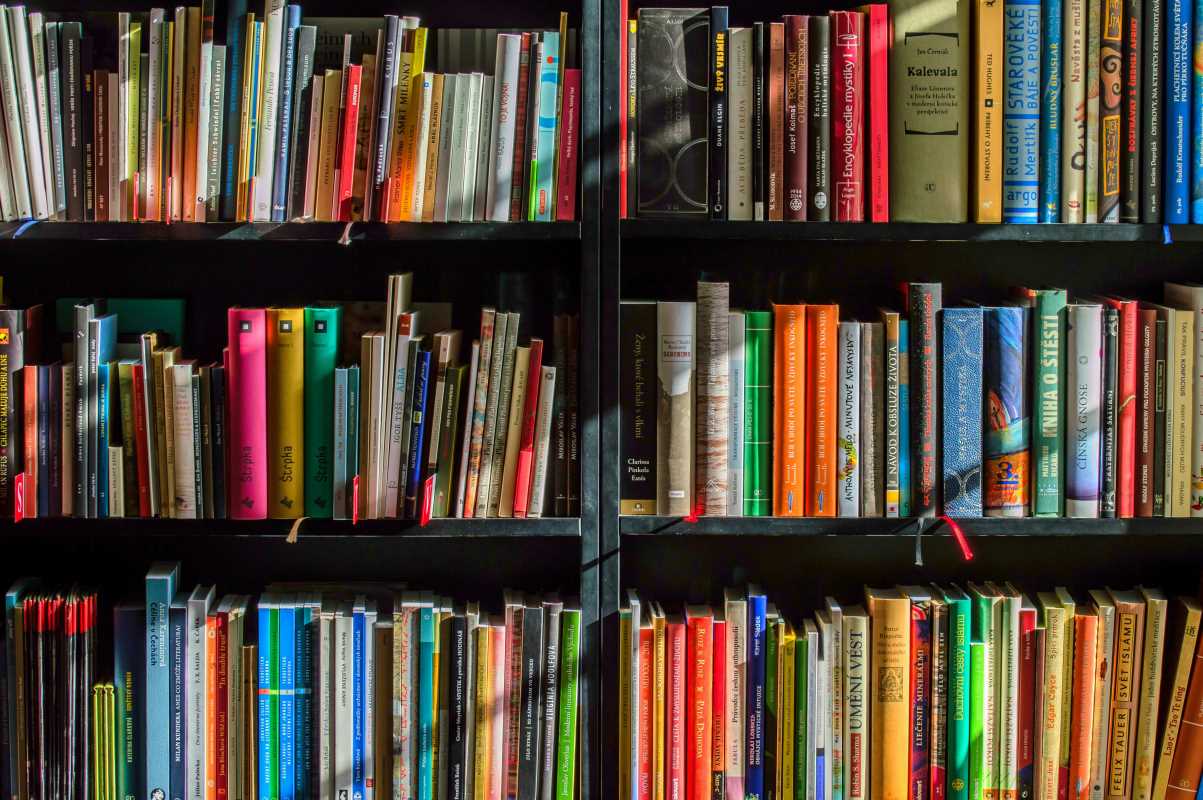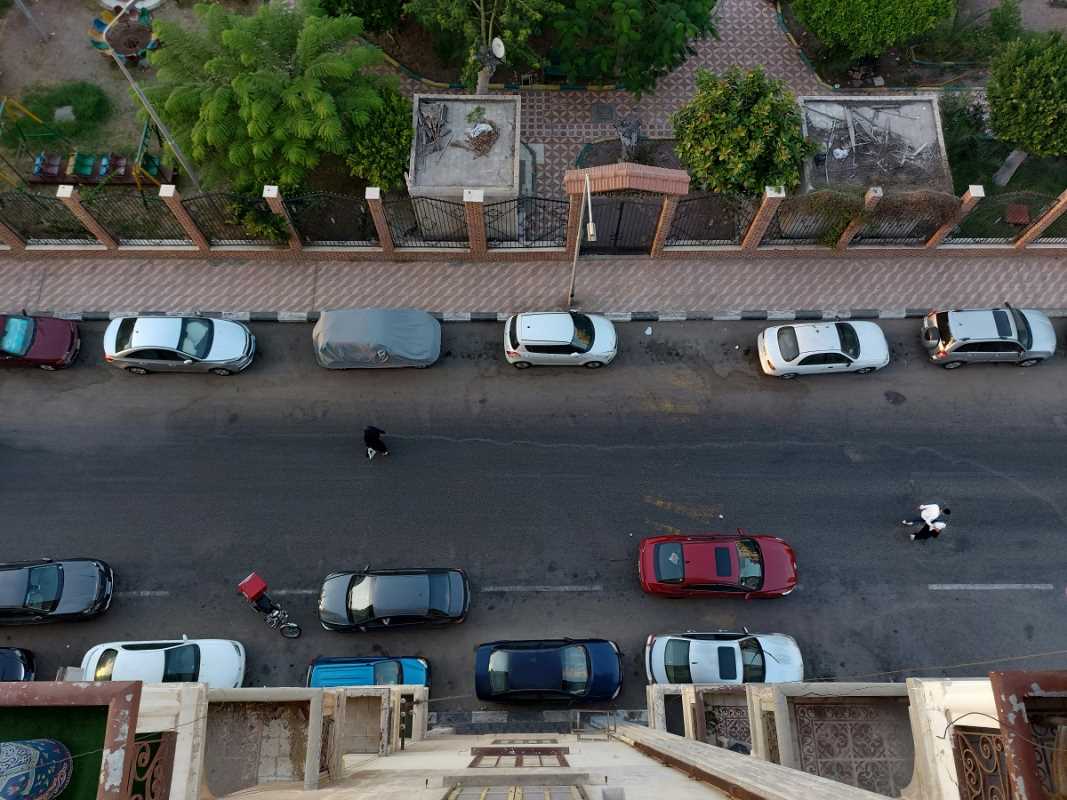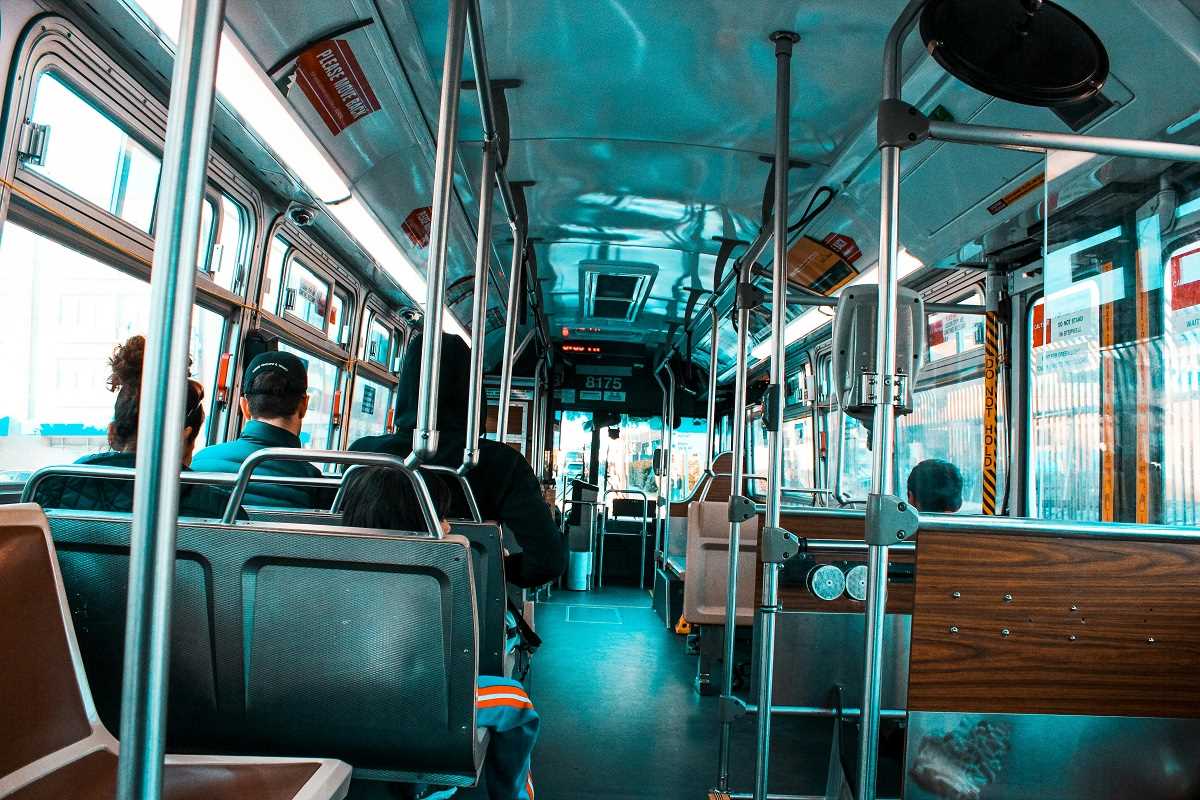Walk down the main street of any town during a music festival, or watch the crowd at a neighborhood theater performance, and you’ll witness something magical. Music and performing arts have a unique ability to bring people together in ways that transcend age, background, and belief systems. They create shared experiences, deepen cultural understanding, and build a sense of pride that strengthens and unites communities.
The arts are more than entertainment. They’re a bridge that connects people on a deeply human level. Whether it’s a local production of Fiddler on the Roof or a Friday night jazz concert at the park, music and performing arts bring us closer, providing a sense of belonging and a space to celebrate creativity.
The Role of Music and Performing Arts in Building Social Connections
At their core, music and performing arts are communal activities. They give people a reason to gather, create shared experiences, and form lasting memories. Here’s how:
1. Breaking Barriers
Music and the performing arts have the power to cut through language and cultural divides. A live dance performance, for example, doesn’t require a shared spoken language to ignite common emotions. It communicates through movement and expression, creating an understanding that words sometimes can’t.
Similarly, concerts bring together a mix of people who might never connect otherwise. The person next to you may be a different age, ethnicity, or profession, but in that moment, you’re both swaying to the rhythm of the same beat. These shared moments build bridges between diverse members of a community.
2. Creating Shared Stories and Memories
Communities thrive on collective experiences. When a town gathers for an outdoor play, or a choir sings at a holiday celebration, these events create stories that residents can share for years. A well-loved local arts tradition, such as an annual music festival, can become the glue that holds a community together.
3. Offering Opportunities for Collaboration
The performing arts don’t just entertain; they engage. From actors in community theater to volunteers setting up a stage for a concert, these projects often rely on collaboration. Working together toward a creative goal not only builds connections but also nurtures trust and teamwork in the broader community.
Promoting Cultural Understanding
Perhaps one of the most beautiful aspects of music and performing arts is their ability to enhance empathy and cultural appreciation. Exploring a community’s diverse voices through art can deepen understanding and bring people closer together.
- A Gateway to Different Cultures: Music and performing arts introduce people to traditions and stories from around the world. A local theater that stages international productions, or a World Music Day event featuring global sounds, introduces audiences to new perspectives. These experiences spark curiosity, encourage dialogue, and inspire appreciation for the vibrant cultural tapestry that often exists within even the smallest communities.
- Giving Marginalized Voices a Platform: The arts often amplify voices that might otherwise go unheard. Storytelling through theater can bring attention to neglected historical narratives, while spoken word performances allow poets to shine a light on social issues. Supporting local artists who address pressing topics not only enriches the community but also opens up important conversations.
- Promoting Mutual Respect: Experiencing a performance together teaches us to listen and respect others’ perspectives—even when they’re expressed through a different lens. These lessons of tolerance and understanding extend far beyond the stage or concert hall, influencing broader community interactions.
Boosting Community Pride
There’s something undeniable about the pride that comes from seeing your community thrive creatively. Whether it’s attending a play at a local theater or joining in on an impromptu music jam session, the arts have a way of reminding people that their town or neighborhood is special.
- Celebrating Talent Within the Community: One of the best things about community-driven arts initiatives is that they show off homegrown talent. From young dancers perfecting their craft to a retired teacher leading a choir, these performances celebrate the skills and experiences of local residents. It’s inspiring to see your own neighbors shine under the spotlight.
- Instilling a Sense of Ownership: Supporting or participating in local arts initiatives gives people a sense of belonging. If you’ve been in a town that has revived its main square with busking musicians on weekends, you’ve felt it—that inexplicable pride in being part of something larger, vibrant, and alive.
- Leaving a Legacy: Art leaves a lasting legacy. Public performances and music festivals often serve as community milestones that leave a mark for generations. These moments become part of the fabric of the community, cherished by long-term residents and newcomers alike.
Examples of Community-Driven Arts Initiatives
Every community has its success stories when it comes to music and performing arts sparking unity. Here are a few inspiring examples to show what’s possible with a little passion and creativity:
1. Local Theater Groups Making a Difference
Small towns across the world boast their own community theaters. These groups not only provide quality entertainment but also offer budding actors, directors, and backstage hands the chance to hone their talents. Take the community-driven Ohio Light Opera, which brings locals together to stage classic performances while attracting art lovers from nearby cities.
2. Music Festivals That Celebrate Local Culture
Events like the New Orleans Jazz & Heritage Festival show how music can reflect and shape community identity. While larger in scale, even small-town festivals that highlight local bands or specific genres bring visitors and residents together to celebrate their shared culture.
3. Public Performances Breaking Barriers
Flash mobs, open mic nights, or street performances by local orchestras allow art to spill into everyday life. They often surprise and delight people while making art more accessible to everyone.
4. Arts in Schools and Youth Programs
Many schools and community centers run performing arts programs that engage children from diverse backgrounds, showing how arts can serve as both an educational tool and a source of joy.
How to Support or Start Arts Programs in Your Community
Feeling inspired? Here are some actionable steps for individuals and organizations interested in starting or supporting local arts initiatives:
1. Support Existing Efforts
Start by showing up to what’s already happening. Attend a theater production, buy tickets to a local concert, or donate to arts organizations working in your area. Your presence adds energy and encouragement for those already doing the work.
2. Encourage Participation
Not everyone needs to be an actor or musician, but there are plenty of supporting roles in the arts. Many events rely on volunteers for tasks like event planning, set design, or marketing. Get involved, and encourage others to do the same.
3. Start Small with Public Performances
You don’t need extensive resources to introduce a little artistry to your neighborhood. Consider organizing a free outdoor music night, setting up a neighborhood talent show, or inviting performers to entertain at your local farmer’s market.
4. Partner with Schools and Community Centers
Reach out to local schools or civic organizations to discuss forming workshops or youth programs centered around music or theater. These partnerships are great starting points for building interest at the grassroots level.
5. Advocate for Funding
Art needs support to thrive, so advocate for funding in your community budget or connect with grants that can help sustain performances. Highlight the economic and social benefits of arts initiatives when making your pitch to stakeholders.
At its heart, music and performing arts remind us of a shared humanity, even when it feels like everything else might be pulling us apart. They unite us in celebration, inspire conversations that matter, and weave a sense of pride and identity into the places we call home. Whether it’s through small steps like attending a local concert or big ones like launching a theater group, everyone has the power to contribute to their community’s creative heart.
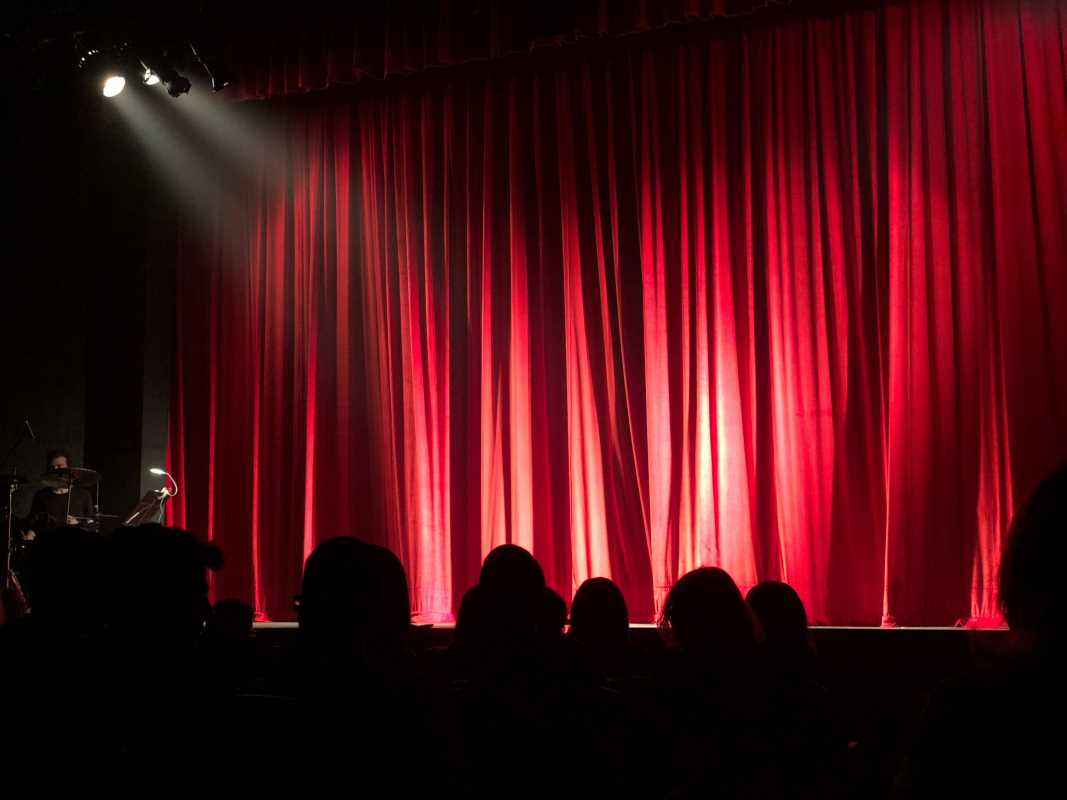 (Image via
(Image via